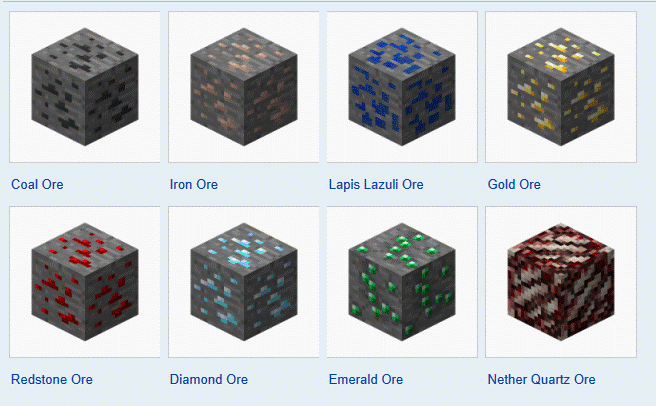Occurrence of Metals
Table of Content |
Occurrence of Metals and Non-Metals
Native Metals
A metal that exists in metallic form, either as pure metal or as an alloy. For example, cadmium, cobalt, bismuth, indium etc.
Two group of metals are found in nature. They are classified on the basis of their nature of existence, that is, whether they exists single or in alloys-
-
The gold group consists of gold, copper, lead, aluminum, mercury, and silver.
-
The platinum group consists of platinum, iridium, osmium, palladium, rhodium, and ruthenium.
Aluminum is the most abundant element in nature. It is a major constituent of silica and clay. Iron is the second largest metal that exists in nature after aluminum. The process of extracting metals from ores is known as Smelting which was discovered around 6500 BC.
Alloys
It is a mixture of two or more elements in which the major component is metal. Alloys are made to obtain desirable characteristics. The basic idea to make alloy is to make metal less brittle, hard and more resistant to corrosion. Alloys of iron is important in both quantity and commercial value. For example, stainless steel, cast iron, alloy steel etc. Iron alloyed with carbon gives low, mid and high carbon steels. Increase in carbon content reduces ductility and toughness. The addition of silicon to iron produces cast irons, whereas the addition of chromium, nickel and molybdenum to carbon steels results in stainless steels.
Name of Alloy |
Metals Present |
Uses |
|
Brass |
Copper and Zinc |
Door handles and fittings |
|
Bronze |
Copper and Tin |
Statues |
|
Solder |
Soldering metals together |
|
|
Stainless Steel |
Iron, Chromium and nickel |
Cutlery, kitchen sinks |
The alloys of aluminum, titanium, and magnesium are valued for their high strength-to-weight ratios, and magnesium can also provide electromagnetic shielding. These alloys are used in jet engines.
Ores
Ore is a naturally occurring material from which a metal can be extracted. They are extracted from the earth by the process of mining.
Fig. 1. Some Common Ores
The basic extraction of ore deposits follows these steps:
1. Prospecting or exploration- This is the first step in which the extent and value of ore where it is located is defined
2. Conduct resource estimation-This is to estimate the size and grade of the deposit.
3. Conduct a pre-feasibility study -This is done to know about the practicality of the proposed idea.
4. Conduct a feasibility study – This is to evaluate the financial viability, technical and financial risks associated with the project.
5. Development- This step is used for building mine plant and equipment needed.
6. The operation of the mine in an active sense
7. Reclamation is the last step in which land is made suitable for future use.
Fig. 2. Metals and their Method of Extraction
Some Metals and their Corresponding Ores
Name of the element |
ores |
|
Aluminum |
Bauxite: Al2O32H2O Corundum: Al2O3 |
|
Iron
|
Hematite: Fe2O3 Magnetite: Fe3O4 |
|
Copper |
Copper Pyrite: CuFeS2 Copper Glance: Cu2S |
|
Zinc |
Zinc Blende: ZnS Calamine: ZnCo3 |
|
Sodium |
Rock Salt: NaCl Sodium Carbonate: Na2CO3 |
|
Potassium |
Salt Petre: KNO3 |
|
Tin (Sn) |
Tin Pyrites: Cu2FeSnS4 Classiterite: SnO2 |
Frequently Asked Questions (FAQs)
Q1. Which metal is found in free state in nature?
Sol. Only gold, silver, copper, and the platinum metals occur in nature in larger amounts. They are less reactive in nature, so occur free. Amongst the alloys found in native state are brass, bronze, pewter, German silver, etc.
Q2. Is metal natural?
Sol. Metal exists naturally but not in pure form.
Watch this Video for more reference
More Readings
View courses by askIITians


Design classes One-on-One in your own way with Top IITians/Medical Professionals
Click Here Know More

Complete Self Study Package designed by Industry Leading Experts
Click Here Know More

Live 1-1 coding classes to unleash the Creator in your Child
Click Here Know More

a Complete All-in-One Study package Fully Loaded inside a Tablet!
Click Here Know MoreAsk a Doubt
Get your questions answered by the expert for free

